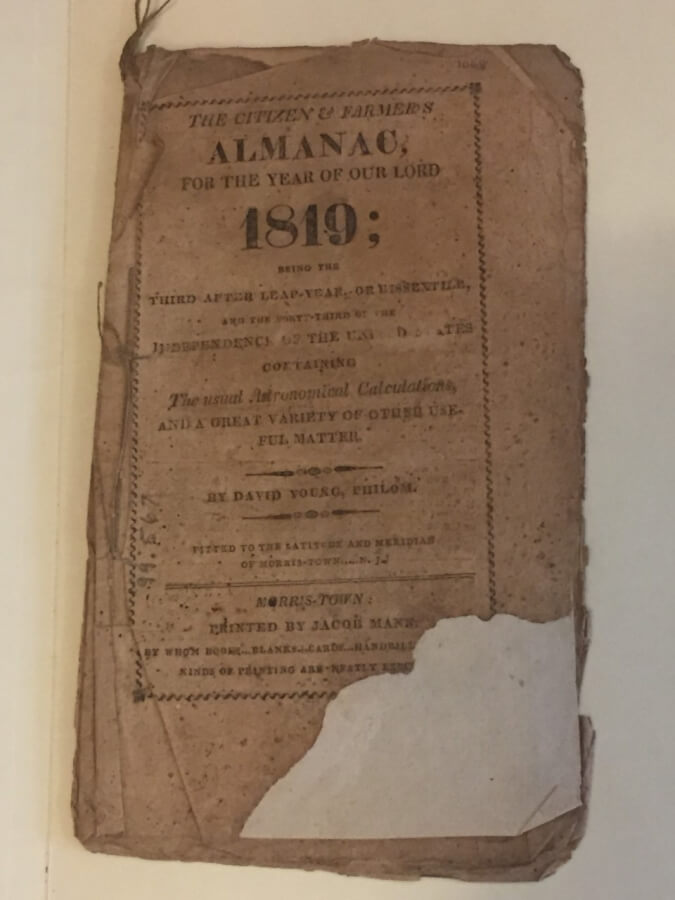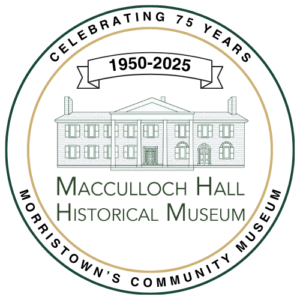Farmers have used almanacs for years to get tips for growing and planting crops. In addition to planting tips, almanacs contain long-range weather forecasts and lunar calendars to help farmers and gardeners decide when to plant seeds. Some believe that the moon can have an effect on how plants grow. The Farmers’ Almanac, which Mr. Macculloch had a copy of, claims that the water inside plants is affected by the gravitational pull of the moon just like the ocean tides. Each lunar calendar includes the phases of the moon. Full moon’s occur every month and each one has a name that is derived from Native American traditions. Native Americans did not use a calendar system like the one we have today. Instead, they used the moon to track time. The names that are used in almanacs come from Algonquian speaking tribes of New England and the Great Lakes.
This July 4, in addition to fireworks, you might see the Buck Moon as well. The Buck Moon gets its name from male deer, known as bucks, because antlers typically grow in July. July’s full moon is also called the Thunder Moon, because of the frequent thunderstorms in July, or the Hay Moon, because farmers typically prepare hay for winter around this time of year. This year, the Buck Moon is extra special because it is also a penumbral eclipse. Penumbral eclipses occur when the moon crosses into the faint out edges of the Earth’s shadow, making the moon slightly darker than usual. This July 4, keep an eye out for the Buck Moon and see if you can see the penumbral eclipse!
Resources:
- Check out this video to learn more about the different moon names and how those names came to be.
- Native Americans tribes had different beliefs about stars, moon, and space. Check out this playlist of videos from the Smithsonian Museum of the American Indian that features a variety of Native myths. When watching, think about the similarities and differences between them.
- The Nanticoke Lenni-Lenape are Native Americans who are indigenous to New Jersey. They are descended from the Alqonguin speaking Nanticoke and Lenape peoples. Check out this video of a Lenni Lenape Pow wow from the 2017 New Jersey Folk Festival of one of their traditional dances. What can you learn about their culture from the video?
- Want to learn more about the science behind the moon? Check out this video from National Geographic!

Topic: Nature
Age / Level: Elementary

